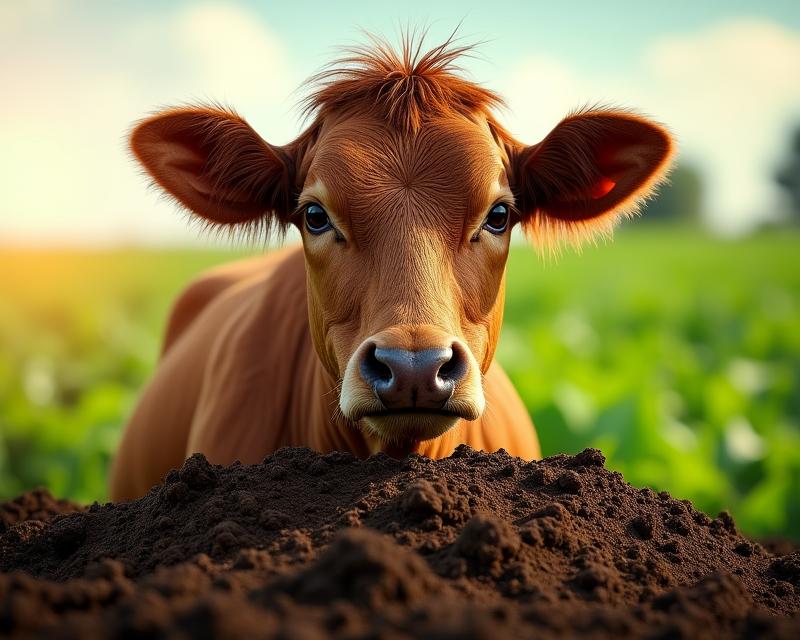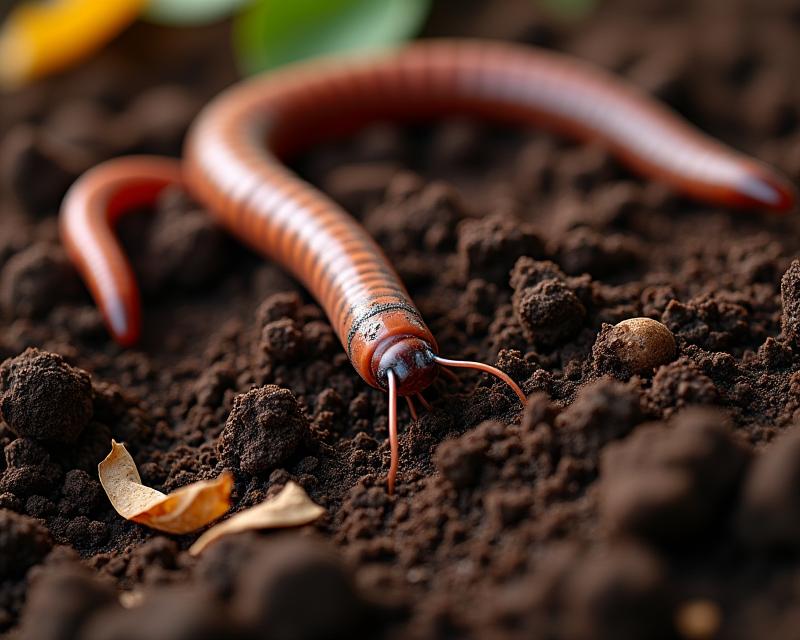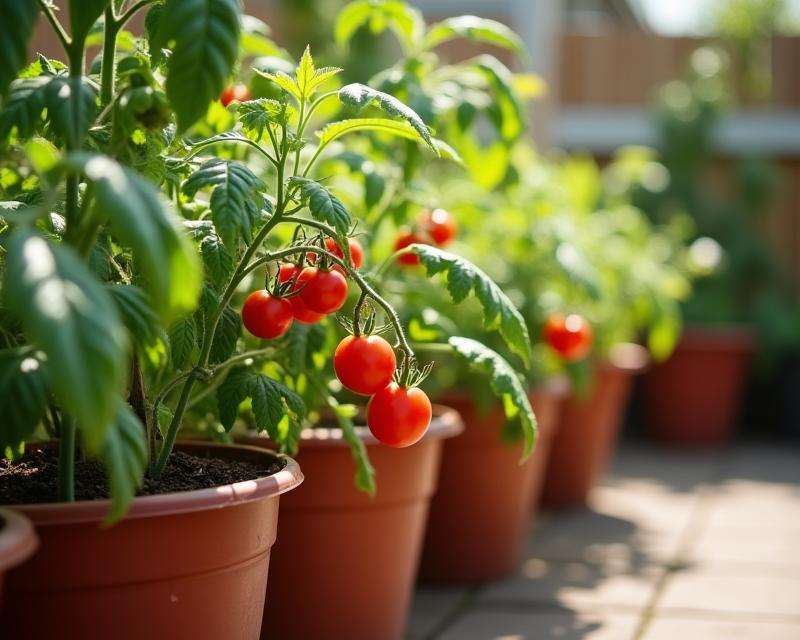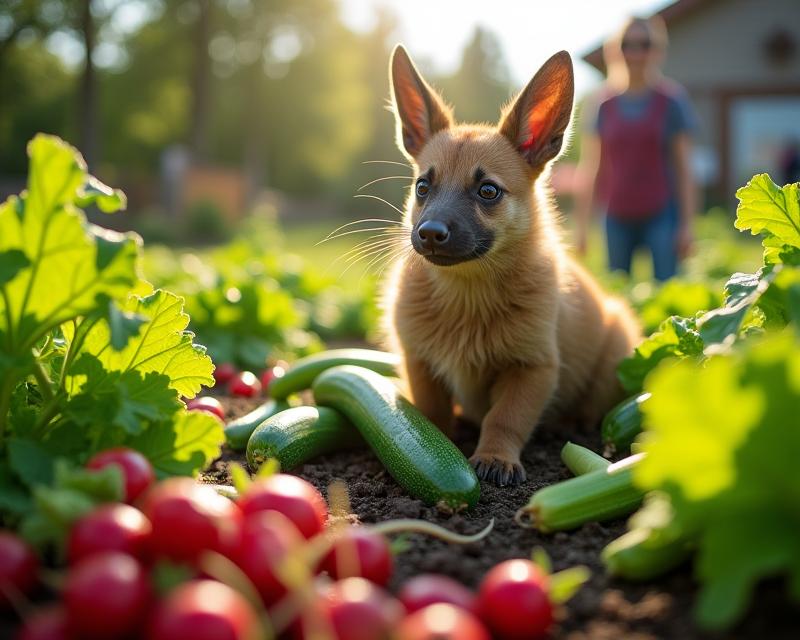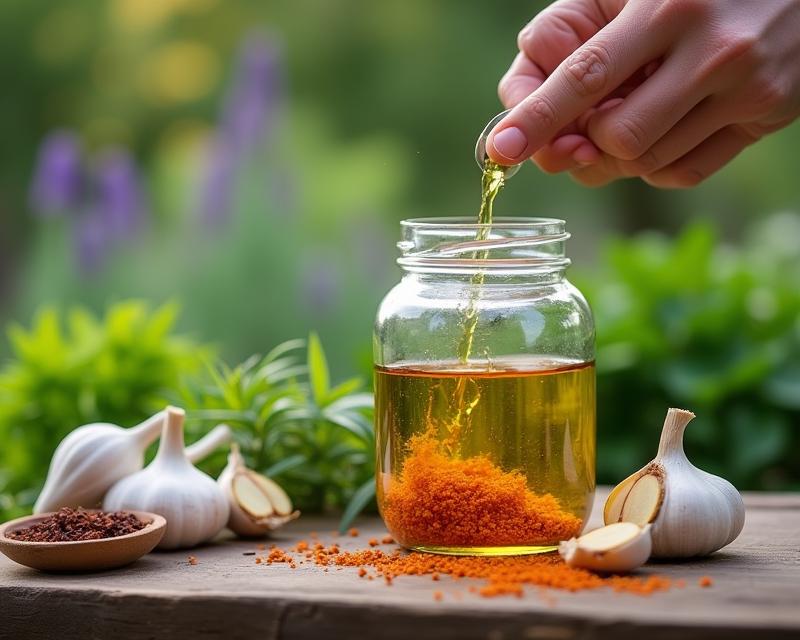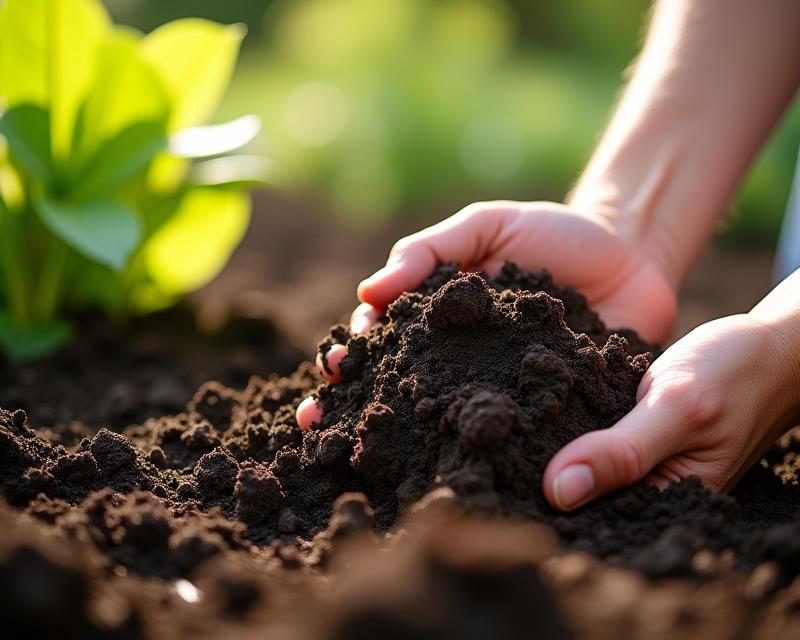Organic vs. Conventional Farming: A Deep Dive
Publish in Organic Gardening & Farming el 28/06/2025 22:14
Organic vs. Conventional Farming: A Deep Dive
The way we produce food has evolved significantly. Two primary approaches dominate modern agriculture: organic and conventional farming. While both aim to feed the world, they differ drastically in their methods, philosophies, and impacts on the environment and human health. Understanding these differences is crucial for consumers and anyone interested in the future of food.
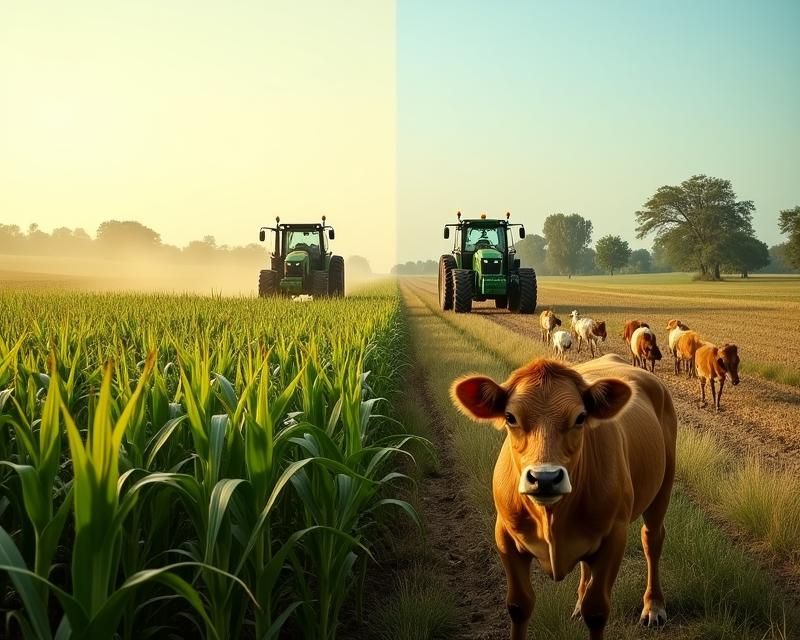
What is Conventional Farming?
Conventional farming, also known as industrial agriculture, prioritizes maximizing yields through the use of synthetic fertilizers, pesticides, and genetically modified organisms (GMOs). This system often relies on monoculture – growing a single crop over large areas – to increase efficiency. Heavy machinery and intensive tillage are common practices. The focus is on cost-effectiveness and maximizing profit, often at the expense of long-term environmental sustainability.
What is Organic Farming?
Organic farming, on the other hand, emphasizes ecological balance and natural processes. It prohibits the use of synthetic fertilizers, pesticides, herbicides, and GMOs. Instead, organic farmers rely on techniques like crop rotation, composting, cover cropping, and biological pest control to maintain soil health and manage pests. Organic farming also prioritizes animal welfare, requiring livestock to have access to pasture and be fed organic feed. The goal is to create a self-sustaining ecosystem.
Key Differences and Impacts
The differences extend beyond just inputs. Conventional farming can contribute to soil degradation, water pollution (from fertilizer runoff and pesticide drift), and biodiversity loss. The overuse of synthetic chemicals can also pose risks to human health. Organic farming, while potentially having lower yields in some cases, generally promotes healthier soil, cleaner water, and greater biodiversity. It reduces exposure to synthetic chemicals and supports more sustainable agricultural practices. However, organic farming can sometimes be more labor-intensive and require more land to produce the same amount of food as conventional methods.
Choosing What's Right for You
Ultimately, the choice between organic and conventional farming is a personal one. Consumers can support organic agriculture by purchasing certified organic products. Farmers can explore transitioning to organic practices, although this requires significant investment and knowledge. Both systems have a role to play in feeding the world, but understanding their differences allows for more informed decisions about the food we eat and the future of agriculture.
